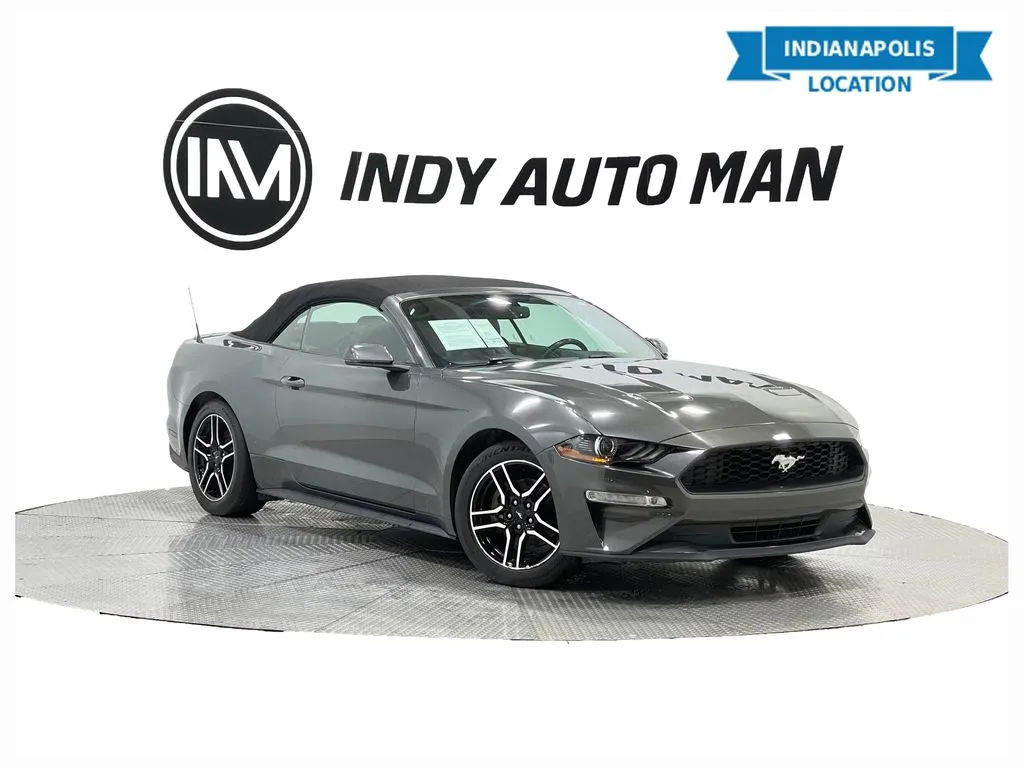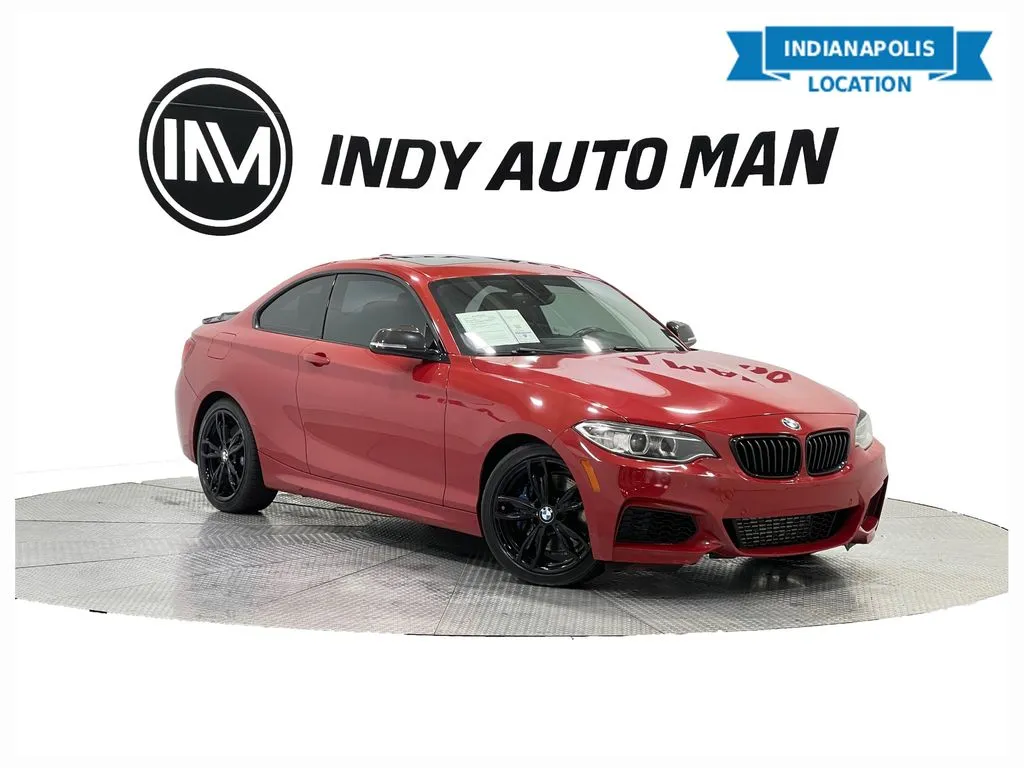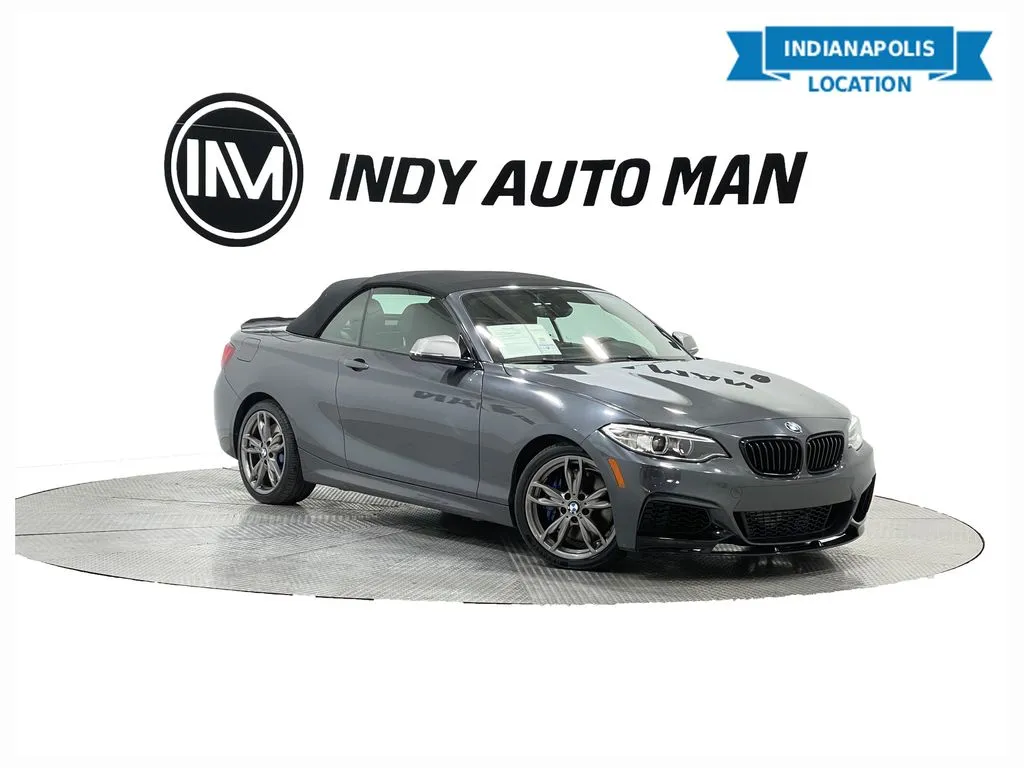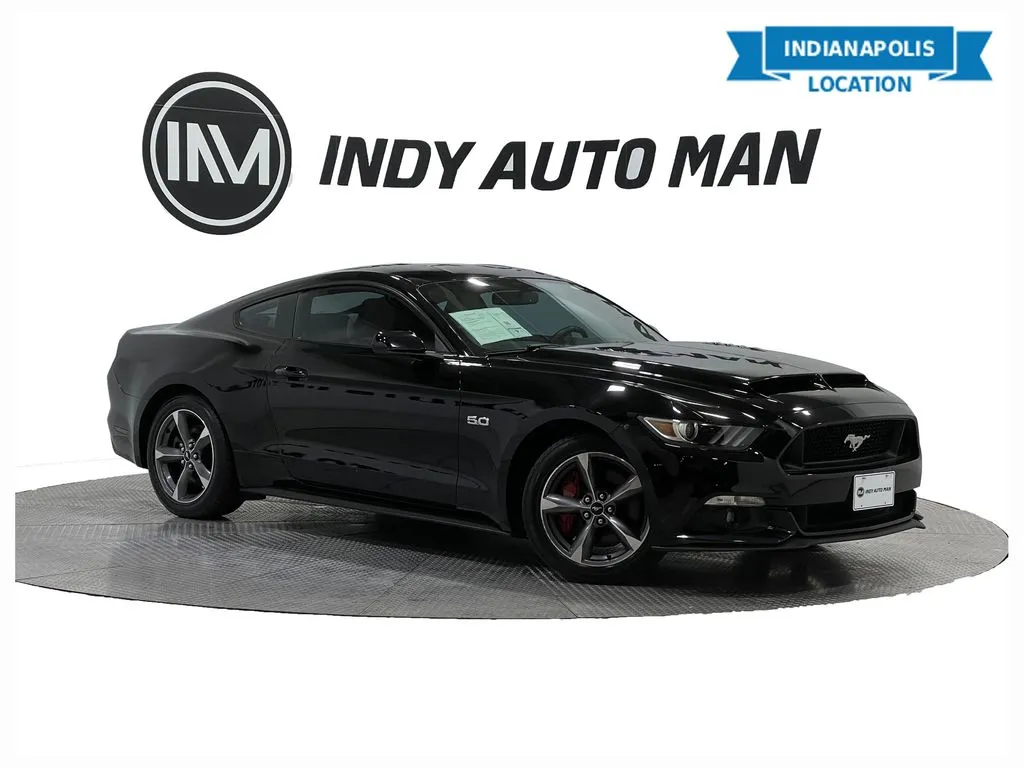Turbocharger with Supercharger: Twin Charged Engine at the Spotlight

Turbocharging as a source of increasing power and efficiency has been known almost from the very moment the internal combustion engine appeared. But, having previously been an attribute of exclusively racing or GT cars, it has recently gone to the masses. Now it’s already in the rules, when some multi-liter atmosphere, becoming history, gives way to a smaller unit equipped with a turbine. Even the Ford Mustang – an American icon – received a turbo-four with a volume of just over two liters.
And while others dispute which motor is the winner in the Turbocharged vs. Supercharged battle, we’ll consider the rarest these days – the twin-charged engine. Let’s find out whether it is the best of both worlds, how it works, and what are its pros and cons.
Designations of Turbo Charged Engines

In 2006, an upgraded engine with a dual air injection system – a turbine and a mechanical supercharger – saw the light of day. This was reflected in the designations – the Turbocharged was replaced by Twincharged (double boost) and received a TSI abbreviation – Twincharged Stratified Injection.
Since 2008, the line has included motors without an additional injection circuit, equipped only with a turbine. In this regard, another designations change was required – the TSI abbreviation, which has already become familiar, remained on the nameplates, but its decoding now looks like Turbo Stratified Injection.
Accordingly, today the TSI engine is a power unit with a turbocharging system and positive fuel injection, with or without an additional air injection circuit. The differences between TSI and TFSI are preserved only on the nameplates. In fact, these are the same engines, but for more conservative Audi cars, they also retained the traditional designation.
Read also about NOS cars.
What Cars Had Twin Charge?
Multiple companies produce twincharger kits for cars like the Ford Mustang, Subaru Impreza WRX, Toyota MR2, and Mini Cooper S. Volvo produces a twincharged inline-four engine. There are also stock models with twin-turbo, such as:
How Does a Twin Charged Engine Work?
The main feature of most power units from this line is a double air injection system. It has a standard turbocharger, driven by the flow of exhaust gases, and a mechanical supercharger, belt-driven from the crankshaft.
The dual air injection system operates in several modes (depending on the engine speed):
- Naturally aspirated – idling, speed up to 1000 rpm. In this mode, no control signal is applied to the magnetic clutch, the mechanical supercharger is not switched on, and the control damper installed in parallel is fully open. The flow of waste gases cannot spin the turbine up to speeds that provide forcing.
- Mechanical boost. The mode is typical for the shaft speed range from 1000 to 2400 rpm. In this mode, a signal is sent to the magnetic clutch, which includes a mechanical supercharger. The servomotor closes the control damper, the turbine speed increases, providing a slight additional air compression. The discharge pressure is about 24 PSI.
- Dual boost from mechanical and turbocharger (shaft speed 2400-3500 rpm). The turbine, which receives sufficient energy from the exhaust gas flow, generates the main discharge pressure.
- The mechanical supercharger comes into operation with a sharp increase in load, for example, with significant accelerations, and provides additional compression. The discharge pressure is up to 32 PSI.
- Turbocharging (3500 rpm and above). The energy of the exhaust gases is sufficient for the turbine to create the required boost pressure. The mechanical blower is not working (the damper is fully open). The pressure is about 26 PSI.
- Due to this combination, the so-called characteristic of turbocharged engines is eliminated. The turbo lag effect, when at low revs there is not enough energy in the exhaust gases for the turbocharger to provide the necessary discharge pressure.
Read also about inline engines and their pros and cons .
Injection system
A direct fuel injection system (Stratified Injection in the manufacturer’s designation) is implemented for TSI Skoda, Volkswagen, Seat, and TFSI Audi engines. In fact, it is an analog of the GDI system (Gasoline Direct Injection), first used on a car by the Japanese manufacturer Mitsubishi.
The main advantage of the most progressive system for gasoline engines is a significant reduction in fuel consumption (up to 15%) with a decrease in the concentration of hazardous substances in the exhaust.
Are Twin Charged Engines Good?

TSI engines have received awards as the best engine for seven years. This comes with many benefits:
- High reliability – subject to the operating rules, the TSI engine life declared by the manufacturer is 150 thousand miles.
- Profitability – the TSI provides fuel consumption reduction up to 15% comparing to atmospheric engines.
- High power with modest engine volumes – for example, a 1.2-liter engine develops a maximum power of 105 hp, which is quite comparable with the performance of an aspirated one of one and a half liters or more.
- Improved traction characteristics – the shelf of maximum torque often captures from 1.5 to 4.5 thousand rpm, almost the entire working range for most drivers.
- Environmental friendliness – in terms of the content of harmful substances in the exhaust, the motors of the line surpass almost all similar products of competitors.
At the same time, both car owners and the Indy Auto Man service center specialists talk about the characteristic shortcomings of power units. These include:
- High requirements for the quality of fuel and lubricants – when using low-quality gasoline and oils, engine reliability is sharply reduced, the resource from the declared 150 thousand miles sags to 60 – 70 thousand miles.
- Frequent oil changes. According to service station specialists, the optimal interval between such replacements is about 6 thousand miles. Otherwise, problems are possible.
- High oil consumption level. Passport data – 0.5 -1 L per 60 miles. With such consumption, the formation of carbon deposits in the spark gaps of spark plugs is inevitable, sometimes coking is observed.
The main problems of the first series TSI engines are associated with the timing chain. They are caused by the low reliability of the tensioner and the stretching and wear of the chain itself. As a result, if you do not notice the signs of a malfunction in time the chain jumps the teeth, and the valves stick into the pistons. You will need to replace the cylinder head, and such a repair of the TSI engine is comparable in cost to buying and installing a new unit.
Which Engine to Look for If You Want More Power

If you are going to buy a used car, a twin charged engine may be not the best option because of its complexity and increased weight. It also requires numerous components to feed both supercharger and turbocharger with oil, water, and air. It’s potential is limited.
Stand-alone superchargers can produce more power, while turbochargers typically have the lowest cost, weight, and complexity. Of course, such cars also have their pros and cons and may have a turbo lag. However, the benefits of a turbocharger are too great to ignore: they are more affordable, relatively simple, and widely available in:
- Volkswagen ;
- Mercedes-Benz ;
- Audi .
They offer an excellent balance of response, performance, and efficiency.
If you are looking for a specific engine type or have doubts about whether to choose turbocharging, supercharging, or a twincharging, visit Indy Auto Man in Indianapolis to get answers from our most qualified sales assistants.










